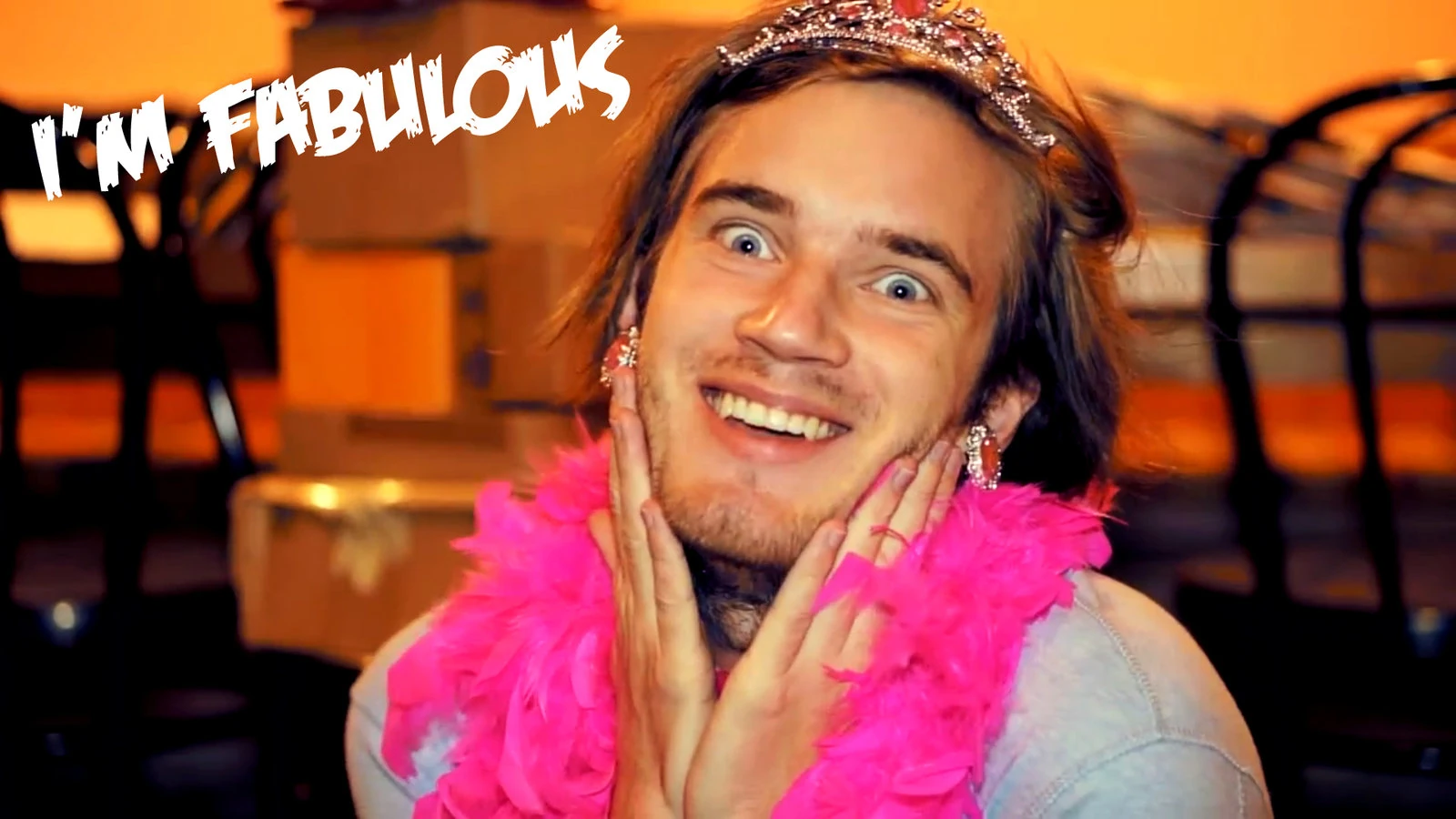Avatar. No, not that big budget sci-fi "Pocahontas with the White Man Savior complex" movie and also, no not that fantastic anime that was turned into a disaster flick.

An Avatar is your representation in a game. Its
name is as on-the-nose as you can get, representing a player's core concept in a digital form. In general, players create characters that either represent themselves or a facsimile of how they want to be. When we create a character we are creating a digital life. Often we create same-gendered characters and design them how we wish the world to see us. Other times we create opposite-gendered characters representing our idealistic mate or how we would like to be seen if we were the opposite gender. The question of whether the character represents the player is a non-starter. The avatar ALWAYS represents the player whether through exact characterizations or deeply hidden away thoughts. Some players will create evil characters to vicariously live their dark fantasies through but even then, these characters represent a part of the player. Some players create physically different versions of themselves as jokes but these too represent the player through the humor. No one can create a character that has no connection to themselves.

Apart from the look, players often have to name their avatars. Naming your character is one of the most important parts of creating a character. This is the name that represents them and the player's reputation will be attached to this tag forever. It also serves as a first impression as many times a character interacts through chat interfaces rather than face-to-face. A character with the name Refrigerator gives off certain first impressions. The player is not creative, this wasn't their first choice, it's a large block-y character and the name reflects their size, the player thinks they are funny by using a non-traditional namesake. Based on the player's chat interactions, this may affirm another player's prejudices about them. An avatar using the name Stormshadow would give a first impression of a slightly different kind. The player is mysterious, dark, depending on the game in question it could make the player appear ironic, silly or downright cliché. Either way it's important to choose a name that represents the character and the player's personality.

Wherein the complexities of the customization are oft times highly dependent on the source material
within which it was developed, the player's choices usually are not. Beyond simple customization like hair color and character size, the hairstyle chosen or the slight height variations of the avatar can say a lot about the player that the general aesthetic doesn't. Aside from eye color variations, there may be options to add scars, earrings, tattoos, make-up, iris variations, etc. These small changes are usually not noticed by other players but they have a huge impact on the player. These tiny details, taken into consideration with the overall design, the name, the class, the play-style and the chat interactions can really tell you a lot about a player. Deep down inside, players are aware of this and will make choices to best represent the identity they want people to associate with.

This is to the point that when a game fails to include deep customization options, players can feel left out and unable to connect with their characters. Specifically associated with minorities and game development studio's lack of non-white skin tones (
Armstead), this branches further into other body issues. Ranging anyway from feeling insecure about weight, height, loss of limbs or other deformities, the avatar can cause issues since they don't often come with those effects as customization features. In some cases, this helps the user cope with their issues, while in other cases it tends to breed an over obsession with appearances. Since an avatar is merely a physical representation, there isn't generally a lot of thought put into the psychological state of them. Some games, specifically role-playing based games, do invite the user to create a psychological state for their characters, however the vast majority of games only focus on physical appearance. This can have a negative impact on players who assume their meticulously created character will be popular only to find out that their own personality is driving other players away from them. Since this can't be customized, players are forced to accept that this is a flaw in their own design.
All in all, the avatar is a vital part of game culture and there is no escaping the player identification that takes place with regards to them. Whether this is a positive or a negative will always be debatable but personally I lean heavily towards positive. I spend a lot of time designing the perfect character and they always represent a part of my personality. I take a lot of pride in the design and try to maintain a positive reputation throughout the community I am a part of. It matters to me, not only that I'm pleased with the character design but that others react favorably to it as well. This could be a personal character flaw but I accept it. After all, it's not like I can adjust a slider to fix it.
Citations:
Images Used: (In Order)
Star Wars The Old Republic
© 2011 - 2017 Electronic Arts or its licencors. All rights reserved.
Penny Arcade
© 1998 - 2017 Penny Arcade, Inc.
Conan Exiles
© 2017 Conan Properties International LLC
Final Fantasy XIV
© 2010 - 2017 Square Enix Co., LTD















